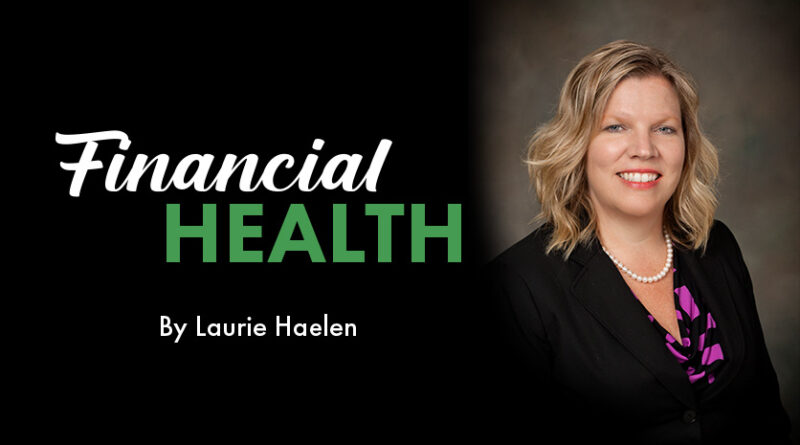Tax Strategies for 2023
The new year began like many revelers who imbibe too much — with a hangover and residual headache caused by the many worries of 2022: inflation, stock market volatility and the continued conflict in Ukraine, to name a few.

In the midst of this barrage of anxiety-causing news, some good news sneaked into the newsfeed from an unlikely source: the IRS.
Although some strategies cannot be used for the 2022 tax year, you can do some planning now to help mitigate taxes and perhaps keep more of your hard-earned money moving forward.
If you are still working and have not yet contributed to an IRA, or an HSA (health savings account), you can still contribute for the 2022 tax year by April 18 of this year. You also can contribute for the 2023 tax year earlier in the year (anytime in 2023 or until April of 2024), which allows your money to grow longer tax free — especially with the market still well off 2021 highs.
Here are the increased contribution limits for 2023:
• IRA: $6,500 vs. $6,000 in 2022, plus $1,000 per individual catch up contribution for those over 50.
• HSA: If you are eligible to contribute, you can put in $3,850 for self-coverage, $7,750 for family coverage, along with $1,000 more in catch up contributions if you are 55 or older.
Also for 2023, the IRS has expanded tax brackets, as well as increased the standard deduction. The expansion of the brackets mean you may have more taxable income before being bumped into a higher tax bracket. In addition, the standard deduction goes up to $27,700 for married couples — an increase of $1,800 — and also goes up to $13,850 for single filers, an increase of $900.
Although the standard deduction increase allows you to deduct more than last year, it is advisable to see if itemizing can help you pay less tax. Major deductions include state and local taxes (up to a maximum of $10,000) home mortgage interest, charitable deductions and medical and dental expenses. You may want to consider combining or “bunching” charitable contributions into one year if you are close to being able to itemize in order to capture a larger write-off.
If you do itemize your return, you can deduct donations of appreciated assets — such as stocks — that you have held longer than one year. The benefit is that you can deduct the fair market value of the stock and not have to pay the capital gains taxes on the appreciation.
Roth conversions continue to be a good strategy for many people, particularly with the stock and bond markets still at lower values. A Roth conversion involves transferring funds from an IRA into a Roth IRA. You will pay taxes on the converted amount, but the longer-term benefit is that the funds continue to grow tax free — and be withdrawn tax free — as long as certain rules are followed. The fact that the market is down means that you can convert more shares of an investment for the same dollar amount and same tax liability. Finally, consider that tax rates are projected to increase in 2026, so you may pay higher tax rates if you wait to convert.
Qualified charitable distributions (QCDs) continue to be a very effective strategy to reduce taxable income, for those who are at or over the age where they have to take required minimum distributions (RMDs). If you are charitably inclined, a QCD is a great way to donate funds and, in turn, reduce your taxable income.
Instead of taking your RMD, you send the funds directly to a qualified (i.e. 501(C)3) charitable institution. Keep in mind, however, that there are some limitations to this strategy They include that you must be over the age of 70 ½ and the limit is $100,000 per individual (but, if you are married and filing jointly, your spouse can also do $100,000 contribution). There are various benefits to this, but one of the main ones is that a QCD excludes the amount donated from your taxable income.
One more long-term strategy to consider relates to the sunsetting of the 2017 Tax Cuts and Jobs Act (TCJA), which is set to happen at the end of 2025. The estate and gift tax exclusion, which has increased substantially, could revert to the pre-2018 level. One way to ensure your assets pass estate tax free to your loved ones or charitable beneficiaries would be to accelerate your gifting–donating in the next three years. Currently, you can gift up to $17,000 per donor to as many persons as you like, and if you are married, your spouse can do the same—without the gift considered to be taxable.
Tax planning is not just something to focus on at tax time. It can be beneficial to plan throughout the year to capitalize on available opportunities. A tax professional can help you navigate through the many changes and also work with your financial adviser to ensure your total financial picture is as tax efficient as possible.

